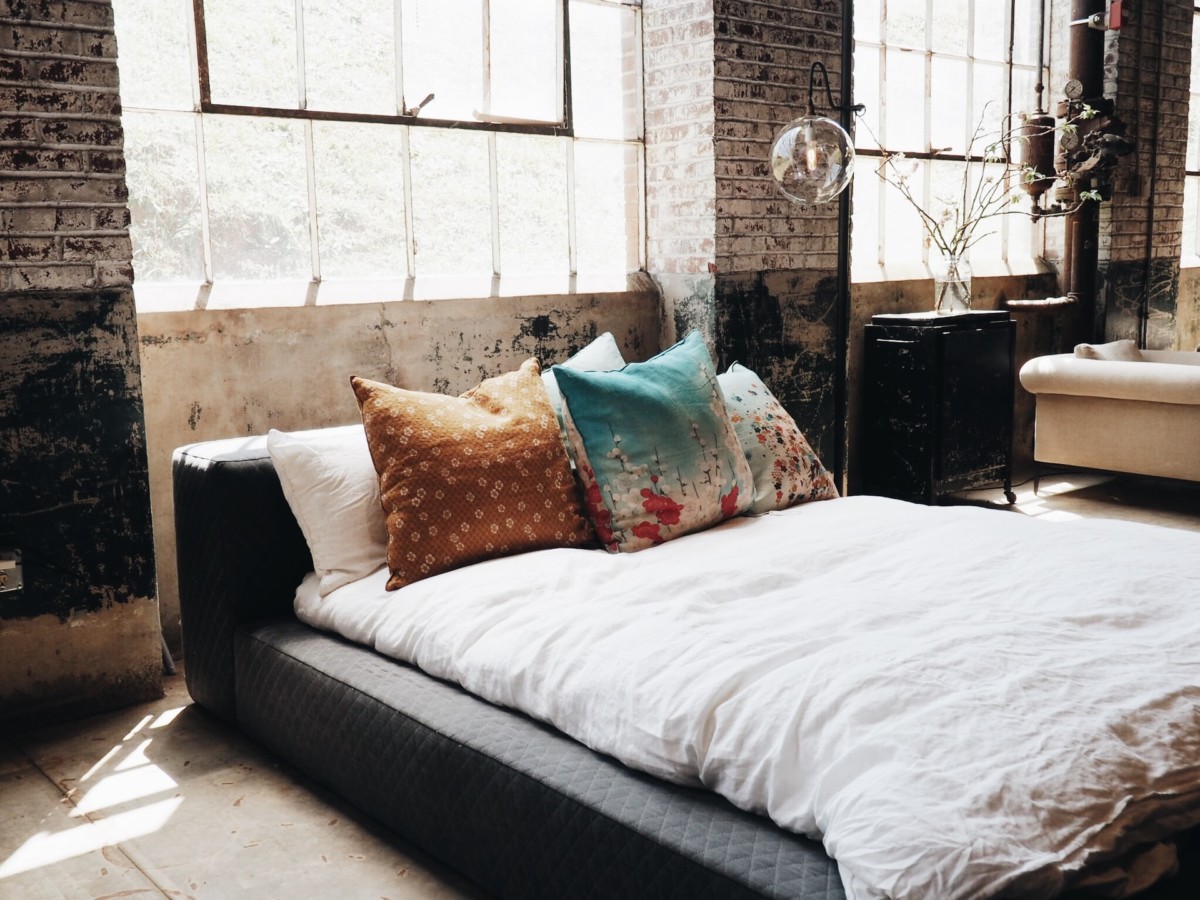Most lofts still offer a bit of the feeling of living on the edge due to their original use as factories or warehouses located in industrial areas. But in many cases, the latest examples have all the trappings of the most elegant CBD apartments, including walls, fancy floors and ceilings, shared lobbies, enclosed garages, and even balconies and decks. Instead of the original occupants, including struggling artists, architects, and other professionals who had to work from their homes for economic reasons, the newest crop of owners are successful executives, physicians, lawyers, television and film actors, product managers, sports stars, and others who have come to see the charm and wisdom of such large scaled units in inner city neighborhoods.
Residents are also no longer restricted to living in lofts just in downtown Sydney, where the genre first developed in the large cast iron manufacturing and printing buildings of the Paddington district. Over time, the loft concept has spread to more of Sydney and on to other cities in Australia and around the globe. Rather than share a geographic commonality, the tie that binds most lofts is a structure that makes economic and aesthetic sense to save and remodel as the back to the city movement continues to grow. More and more people want to avoid commuting, traffic, and McMansions. And they want to take advantage of all the amenities of inner city life.
With greater acceptance among the mainstream, the interior architecture of lofts has also changed. The loft has evolved from the original andquot;hardandquot; design, so termed because of its hard surfaces, to a andquot;softerandquot; style. The original timber or concrete floors are sometimes covered; the brick or concrete walls are sometimes drywalled; the ceiling ducts, sprinkler systems and timber beams are often concealed; and the walls and halfwalls used to partition off bathrooms sometimes shield bedrooms from the public living spaces as well.
Whether these changes are favorable or too far removed from the original form is argued among purists, but many observers of the changes applaud the quieter, more energy efficient and human oriented lofts that often result.
The way lofts are furnished has also undergone a marked change through the decades. The first generation of lofts tended to be decorated in Salvation Army chic and recycled, secondhand or hand me down objects and lacked any thought out design. Loft interiors have evolved through the decades, revealing a much wider range of furnishings and styles from the sleekly modern Italian mode, where less still remains more, to the traditional international mix with English or French antiques, American quilts, and Oriental accessories and holland blinds.
The finished design does not look overmanipulated or untouchable, but is relaxed and easy to live in. The most favored look, however, remains a highly edited leanness of whatever period, so that the open feeling associated with this style of apartment comes through strongly. Some call this an undesign where the unalterable can serve as inspiration.
Two surprising twists in recent loft development are also noteworthy and bode well for future occupants who desire a choice. Brand new lofts are now built to mimic the original buildings, but these modern architectural versions are made with a combination of both old fashioned attention to the art of the structure and new amenities. In addition, the boundaries of acceptable areas in which to live in a loft have been expanded to the suburbs and ex urban areas, so now more can enjoy the form. The primary goal of the loft, however, remains the same: an abundance of space, light, and air and an eclectic exuberance in the choice of furnishings and accessories.
Living Room Lighting Comes In A Variety Of Styles, Sizes And Designs
Having a stylish and relaxing home is a dream that a lot of people have. Living room lighting can really make a home whole. Living room lighting comes in various shapes and sizes so you should easily be able to find some that’ll suit your tastes.
Living room lighting and fixtures, sofas, fittings and seating make a home stylish and very relaxing so you can enjoy it. There are plenty of options available, even for small homes. Living room lighting is suitable for almost any home size and shape.
Relaxing in your home is easy when you buy living room lighting – a lot of people who have purchased living room lighting have never looked back. If you buy yourself some fittings and fixtures then you should consider where to place them. Living room or social areas are ideal.
Fixtures and fittings are an important part of your living room lighting design because they are the centre of entertainment in your home. Living room lighting that is sleek and stylish is very popular these days. Fittings and fixtures can be hard to choose but stick to simplistic designs.
You will need to decide on the materials for your lighting. Wood, metal and glass are just a few of the options available for living room lighting fittings. When you have a light you should be able to get fixtures that match and you’ll have the centre of your living room lighting sorted.
Living room lamps should be your next purchase if you have a relatively good sized home. Living room lamps are ideal for relaxing. Living room lamps are great for relaxing and come in many shapes and sizes. Living room lighting such as living room lamps are great.
Living room lighting such as living room lamps are ideal for relaxation and you should definitely choose a sleek design. Make sure you do your research when you purchase living room lighting and living room lamps. Choose a design you’ll enjoy for years.
It’s easy to find living room lamps because you can find them in almost any living room lighting store whether you look online or offline. The final thing that you’ll need to think about is how much you are able to spend. Sort out a budget and stick to it.
Make sure you choose a store that has a good selection of living room lighting. There are tons of places you could go. Homebase and Bandamp;Q, among others, are probably the most popular places to buy living room lighting in the UK.
You will be able to consider the ranges available once you have decided on a shop and a budget for your living room lighting. Providing you have done your research, you should find buying living room lighting for your home and easy and fun thing to do.
Overall, living room lighting makes a home worth spending time in and it’s ideal for entertaining such as gatherings and parties. You should easily be able to find living room lighting for your home even if you have a tiny social or living room area.
Whether you have a small or big home it doesn’t matter. Living room lighting is ideal for any home and will please you no end.All in all, you don’t have to break the bank to buy living room lighting but you can definitely enjoy your home.
Discover more from Personal Blog of Richard Tong
Subscribe to get the latest posts sent to your email.




